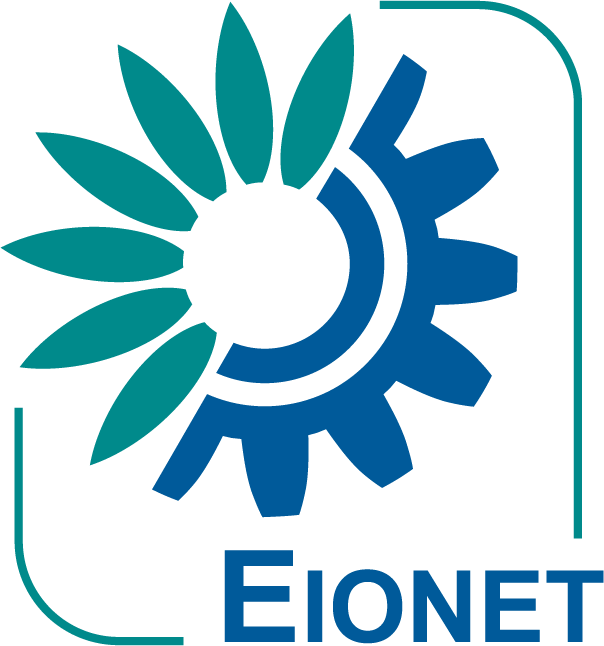ETC/CME Report 4/2021: Inverse modelling as a tool to support national greenhouse gas monitoring in Europe
17 Dec 2021
Tom Dauwe
Inverse modelling (IM) is a tool that can support national greenhouse gas (GHG) emissions monitoring. Utilising atmospheric transport and chemistry models, IM frameworks constrain prior emission/flux estimates so that simulated GHG concentrations agree with respective in situ and/or remote observations of the atmosphere, with the difference providing indications on where to improve GHG inventories. Within a European setting, Switzerland and the UK have already developed national IM systems based on in situ observations and work is currently ongoing within Copernicus to develop operational IM systems utilising ground- and space-based atmospheric observations.
This ETC/CME task investigated current perspectives and plans of European inventory compilers with regard to IM. Generally, inventory compilers are closely following developments in IM, with some national inventory teams exploring options to incorporate IM into their emissions monitoring systems. There are nonetheless hurdles to overcome before widespread operational implementation of IM/uptake of IM data products can be realised. Enhanced exchange between national inventory compilers and scientists working on IM is thus recommended, with EEA operating as moderator between the two communities.
Prepared by: Richard German (Aether), Bradley Matthews (UBA-V), Paul Ruyssenaars (RIVM)
Published by: ETC/CME, December 2021, 29 pp.
Publication number: Eionet report - ETC/CME 4/2021
